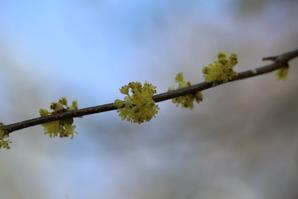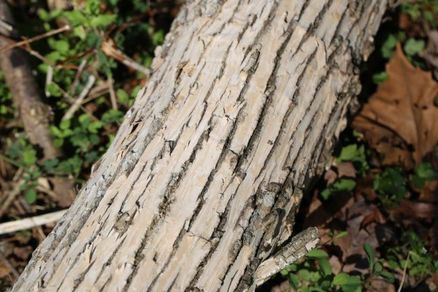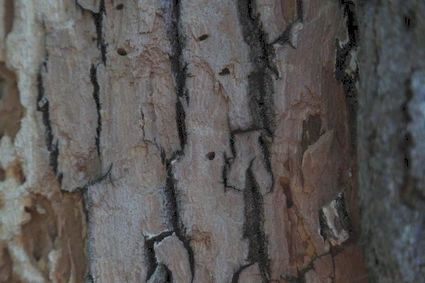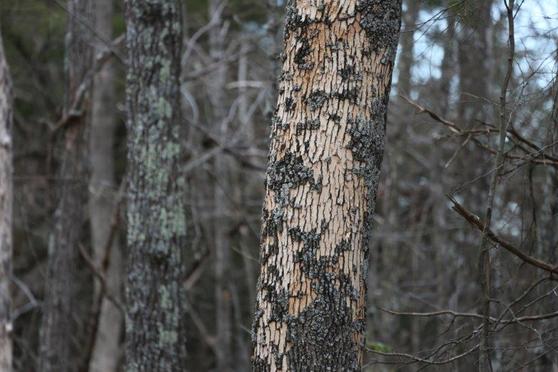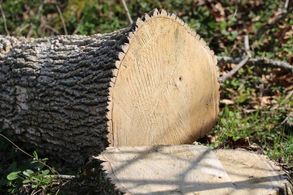 As many master naturalists know, the emerald ash borer (Agrilus plenipennis) has been decimating native ash (Fraxinus spp.) trees throughout Virginia for several years. Most ash are in stages of decline, some as dead standing timber, many already toppled by winds or chainsaws. These hazard trees are causing municipalities, state and federal landowners and private organizations and citizens millions of dollars a year to manage and remove. The impact is not only financial but also ecological as ash trees frequently grow next to rivers, streams and ponds. Such trees help create a healthy riparian area as the foliage helps cool the water in the summer, twigs and leaves fall into the water and help provide habitat for aquatic life and the trees’ roots aid in preventing erosion. The loss of this valuable native tree is a serious blow following the death of native hemlocks (Tsuga canadensis) which have been widely killed by the hemlock woolly adelgid and which grew in similar sites as ash along waterways. The larvae of the beetle is the life stage which causes the damage by feeding inside the tree and disrupting the flow of water and nutrients. Depending on the overall health of the tree and climate conditions, the larvae can kill a tree within two or three years. Emerald ash borer (EAB) is native to Asia and was first discovered in Michigan in 2002 and in Virginia in 2003 (Fairfax County) and again in 2008 (again, Fairfax County following eradication of the first outbreak). EAB has now spread extensively to 31 states and into Canada. In fact, one of the easiest ways to recognize ash now is the “blonding” of the bark –where woodpeckers remove the bark in search of the larvae. EAB has killed hundreds of millions of ash trees but there is a glimmer of hope: four parasitoid wasps from China have been released at test sites in Michigan which are showing promise of decreasing EAB populations. At the recent 2018 Virginia Association of Forest Health Professionals conference, researcher Jian Duan provided a presentation on these wasps and explained that biological control can protect small ash trees and saplings and may help ash regeneration and recovery in the aftermath of EAB invasion but several questions remain: Will the parasitoid wasps spread on their own? How many releases will be needed to establish a healthy population of the wasps? Will different wasps be needed in different parts of the country? More research is needed and is on-going by many state and federal agencies and universities but at least there is some hope that our beautiful native ash trees can regenerate following the damage by emerald ash borer.
0 Comments
Your comment will be posted after it is approved.
Leave a Reply. |
Have a blog or blog idea?
Let us know (click) Other Blogs
VA Native Plant Society - click Brenda Clement Jones - click John Muir Laws' Blog - click Megan's Nature Nook - click Categories
All
Archives
September 2023
Blog Administrator:
Kathleen A. VMN since 2018 |
